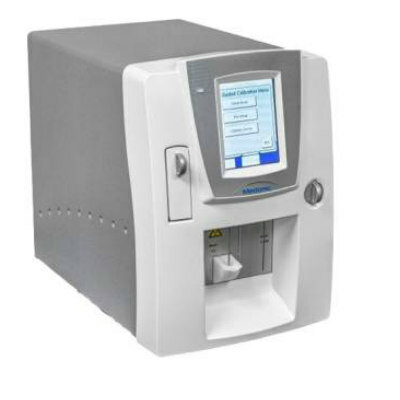Urinary Volatiles Used for Tuberculosis Diagnosis
By LabMedica International staff writers
Posted on 15 Aug 2011
A wide array of molecules is present in urine which can be measured and reflect the pathophysiological condition of an infected patient. Posted on 15 Aug 2011
The volatile organic compounds (VOCs) in human urine derived from patients with tuberculosis (TB) and healthy controls can be identified and quantified using headspace gas chromatography/mass spectrometry (GC/MS).
Scientists at the International Center for Genetic Engineering and Biotechnology (New Delhi, India) tested the urine samples from 117 newly diagnosed TB patients and 37 controls with no history of TB or other chronic disease. Seven patients with similar pulmonary diseases like lung cancer and five with chronic obstructive pulmonary disease were also recruited.
The scientists found that infection with TB produces a distinct pattern of certain VOCs in much the same way that distinct fingerprint patterns can identify individuals. Identification of these patterns sets the stage for developing a portable "electronic nose" that can quickly sniff urine samples to detect TB. Five marker molecules were selected that showed high discriminatory power for TB diagnosis. Isopropyl acetate and o-xylene showed significant increase in abundance in the urine of TB subjects. Molecules like cymol, 2,6-dimethystyrene, and 3-pentanol showed significant decrease in abundance in urine of TB patients.
Patients undergoing treatment showed a variation in the urine VOC profile in comparison to untreated patients and healthy controls. The patients undergoing early and late treatment phase also showed significant class separation, and this may be due to the alteration in the overall metabolic activity induced by the drugs used in therapy. The authors concluded that a major advantage of the proposed method is the noninvasive nature of urine collection. Urine is a comparatively safer matrix as compared to sputum and painless in collection as compared to blood. The study was published on July 15, 2011, in the journal Analytical Chemistry.
Related Links:
International Center for Genetic Engineering and Biotechnology







 assay.jpg)




